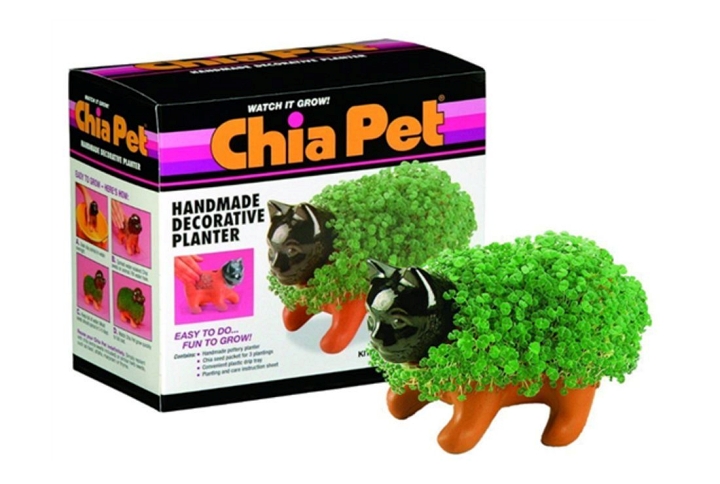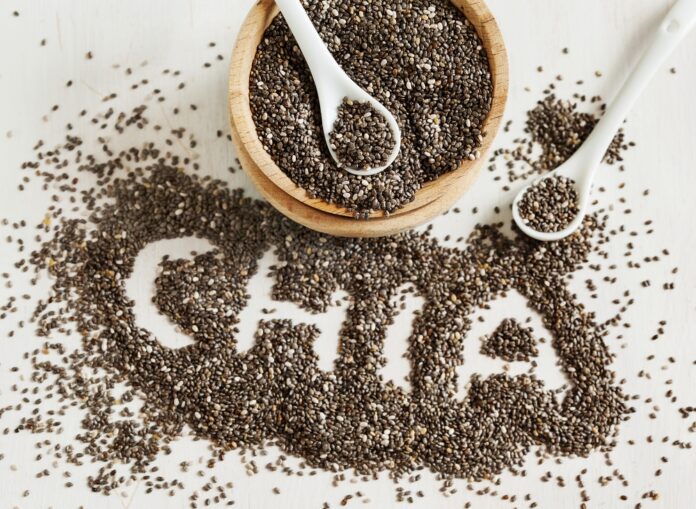Chia seeds burst upon the U.S. scene in 1982, but not for medicinal purposes.
In the early ‘80s a bizarre knickknack from Mexico began appearing incessantly on American television commercials accompanied by a really annoying jingle: “Ch-ch-ch-chia.”
Yes, Americans became familiar with chia seeds through the Chia Pet where you could cover a grooved terracotta figurine (first one was a ram) with moist chia seeds, fill it with liquid and watch it sprout green chia seed “fur” practically overnight. (Not surprisingly, the same person who brought us Chia Pets also was responsible for The Clapper – “Clap On! Clap Off!)
Before the Chia Pet (and The Clapper for that matter), chia seeds from the chia plant (Salvia hispanica) were a staple in the ancient Aztec and Maya diets. In fact, chia seeds have been recognized for their health benefits for centuries.
In Aztec culture, chia seeds were eaten alone, mixed with other grains, ground into flour, used in drinks, used for medicinal purposes and pressed for oil to be used as body and face paints and cosmetics. Another use for chia was in religious ceremonies. The Aztecs thought so much of chia that they offered the seeds to their gods as worship.
The plants themselves are annual herbaceous plants that can reach nearly 1 to 3 feet in height. A member of the mint family, the lime-green leaves of chia plants are oppositely arranged and have serrated (toothed) margins.
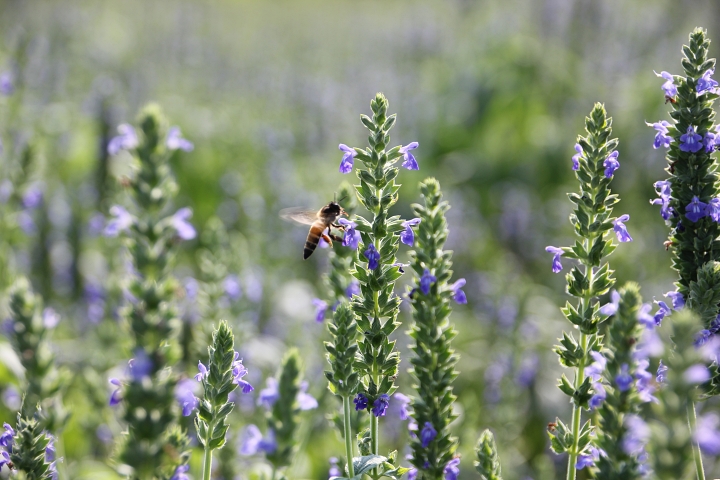
In the late spring and early summer, each stem holds up spikes of small blue, tube-shaped flowers. The blooms have three lobes on one lip, with a white tip on the lower lip. Burgundy, spiny-tipped bracts surround the flower whorls and each set of flowers produces a seed head of tiny gray, tan or black chia seeds.
Chia seeds have gained attention as an excellent source of omega-3 fatty acid. They also are believed to be an excellent source of dietary fiber at 10 grams per ounce (about 2 tablespoons), and contain protein and minerals including iron, calcium, magnesium and zinc.

The two most cited health claims associated with chia seeds are improved heart health and helping with weight loss.
It’s believed chia seeds may lower your risk of heart disease because the seeds are high in fiber and omega-3s. The antioxidant chlorogenic acid may help protect the heart (and liver) as well as reduce blood pressure in people with high blood pressure.
Besides the antioxidant chlorogenic acid, other healthful antioxidants found in chia seeds include caffeic acid, myricetin, quercetin, and kaempferol. Chia seed supporters believe these antioxidants may contain anti-cancer properties.
Regarding weight loss, 1 ounce of chia seeds has nearly 10 grams of dietary fiber – most of which is soluble. What this means is that the seeds absorb liquids in your stomach, becomes gel-like and expand. Consequently, it’s believed this may help slow digestion and help dieters feel full after a meal.
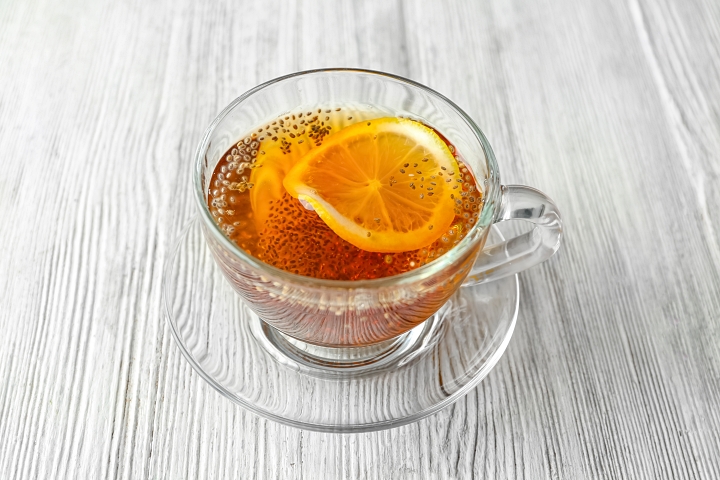
There’s that, and many feel the protein in chia seeds help to curb appetites and food intake in general.
Improved bone health has also been attributed to chia seeds. That’s because chia seeds are also high in proteins that normally support bone health such as calcium, magnesium and phosphorus.
Also, the omega-3 fatty acid in chia seeds known as ALA may be associated with increased bone mineral density.
Chia seeds are also a food source commonly associated with helping reduce the risk of type 2 diabetes and diabetes complications due to the combination of antioxidants, omega 3 fatty acids, fiber and magnesium found in the seeds.
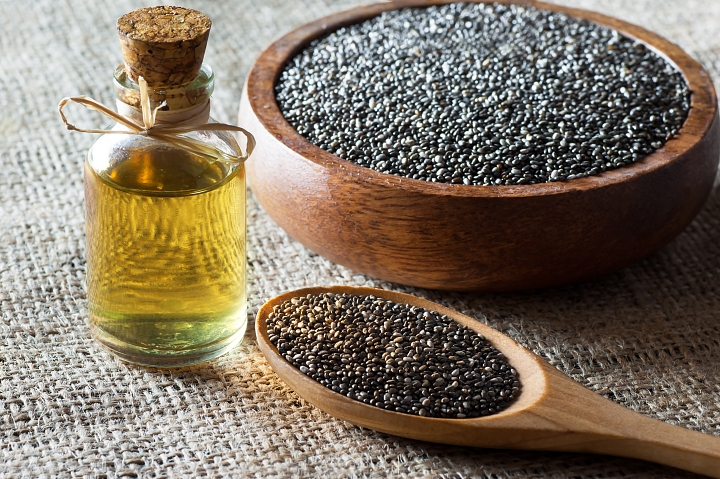
There may also be cosmetic benefits because chia seed oil is rich in the omega-3 fatty acid ALA and omega-6 fatty acid linoleic acid. These two healthy fats are believed to help restore skin moisture and even help with dry skin conditions like atopic dermatitis and psoriasis.
Besides the antioxidant chlorogenic acid, other healthful antioxidants found in chia seeds include caffeic acid, myricetin, quercetin, and kaempferol.

Chia seeds can be consumed in a number of ways. Most often they are eaten raw or wind up in various recipes. Chia lovers enjoy sprinkling ground or whole seeds on rice, cereal or yogurt.
How many seeds should you eat? No one really knows. However, Columbia University suggests eating 20g (or a bit under 2 tbsp.) of chia twice per day.
Chia fresco drink is popular in Mexico where chia seeds are soaked in water or a fruit juice. The thing about chia seeds is that they are very absorbent like tiny sponges. When soaked in a liquid they take on a gelatinous texture, which makes chia easy to mix into various recipes and preparations.
Some feel that drinking chia seed water in the morning can give a boost to your digestion and improve bowel movement.
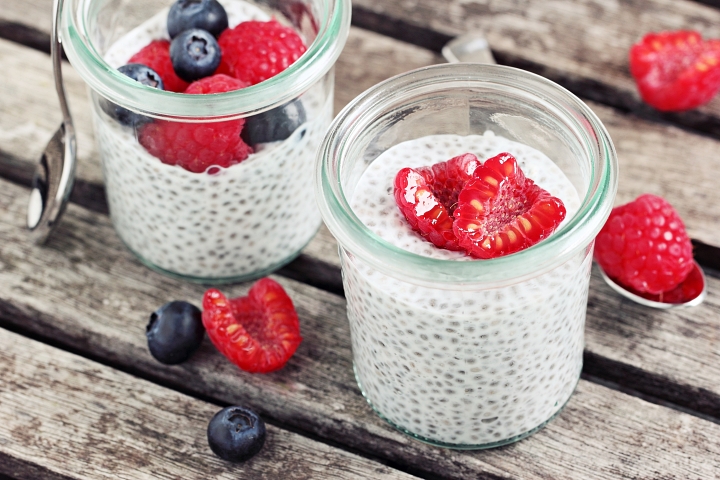
Chia pudding and chia smoothies have also become popular. You can make chia pudding by whisking together 1 1/2 cups of dairy-free milk with 1/2 cup of chia seeds with 1 teaspoon of vanilla extract and 1 to 2 tablespoons of maple syrup – then refrigerate overnight.
For a smoothie, add 2 tablespoons of chia seeds for every 12-ounces of liquid you use for the smoothie flavor of choice.
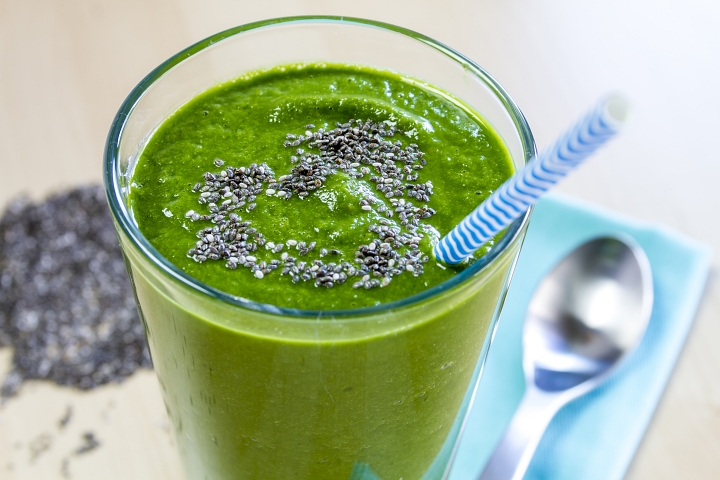
Chia seed oil is also available and can be found in some skin care products, which claim that the chia seed oil provides anti-aging benefits.
Chia seed oil is also used in cooking as an olive oil alternative.
The versatility of chia seeds also shows up as an egg substitute where eggs are called upon in the recipes of certain baked goods. All you need to do is mix one part chia seeds to six parts water. About one tablespoon of this “chia gel” equals one large egg, which is particularly helpful for vegans or those with egg allergies.
Then there’s chia tea. A popular way of making this is by adding 2 tablespoons of chia seeds to a large cup of green tea, which you should brew first. Stir this mixture and wait to drink until the chia seeds have formed their jelly-like outer shell.

Chia seeds are safe for most people, however, they may increase your risk of choking, particularly if you have some issues with swallowing. The gelling properties of chia seeds could swell up and become lodged in the throat if you’re not careful. To avoid this risk, consider soaking the seeds 5 to 10 minutes before use.
Also, due to their high fiber content, there could also be health complications if you consume too many chia seeds. This might cause bloating, constipation, gas or diarrhea. Additionally, chia seeds have been known to cause flare-ups for those with Crohn’s disease and similar inflammatory bowel conditions.
And, while rare, chia allergies in some people might result in symptoms such as itching of the tongue and lips.
You also need to be careful about eating chia seeds if you’re taking medications for high blood pressure or to reduce blood sugar. Eating too many chia seeds could have a bad interaction with these medications resulting in severe dips in blood sugar levels and blood pressure.

Regarding heart health, and possible anti-cancer benefits, the National Institute of Health confirms that this ancient grain is a potential source of antioxidants due to the presence of chlorogenic acid, caffeic acid, myricetin, quercetin, and kaempferol which are believed to have cardiac, hepatic protective effects, anti-ageing and anti-carcinogenic characteristics.
In other words, studies show that the antioxidants found in chia seeds can help to fight free radicals in your body. Free radicals cause oxidative stress and cell damage. Eating foods rich in antioxidants may help to reduce your risk of developing many health issues associated with free radicals, including heart disease, cognitive decline, and certain types of cancer.
NIH reports: “Chia seeds contain antioxidant compounds that reduce the risk of chronic diseases (cancer and heart attack) and offer protection against some disorders such as diabetes, Alzheimer’s and Parkinson’s disease.”
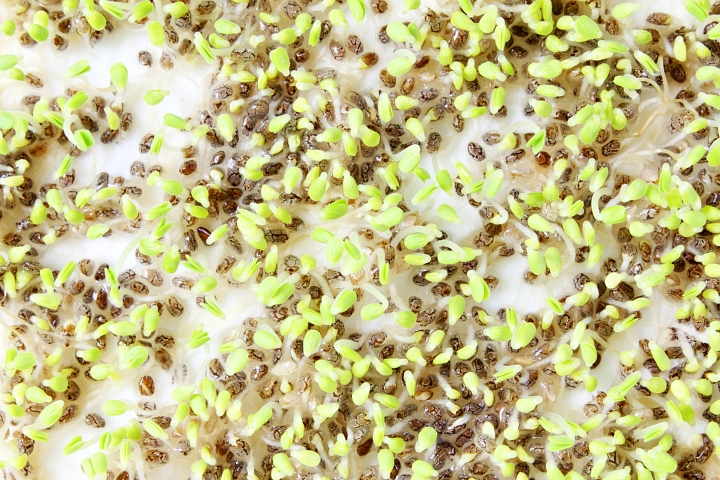
Also, because chia seeds are high in fiber, they can help to lower high blood pressure and, in turn, reduce your risk of developing heart disease.
Some human studies found that chia seed supplements significantly reduced blood pressure in people with high blood pressure.
Research has shown how bread containing chia seeds triggers a lower blood sugar response than traditional bread, which helps to prevent high blood sugar levels.
Research also indicates that Chia seeds may in fact improve your bone health. These seeds are high in several nutrients that are important for bone health including magnesium, phosphorous and calcium.
Although studies are mixed regarding the connection between eating chia seeds and losing weight, the chia seed’s little trick of absorbing liquids and expanding in your stomach may make dieters feel fuller and crave less food.
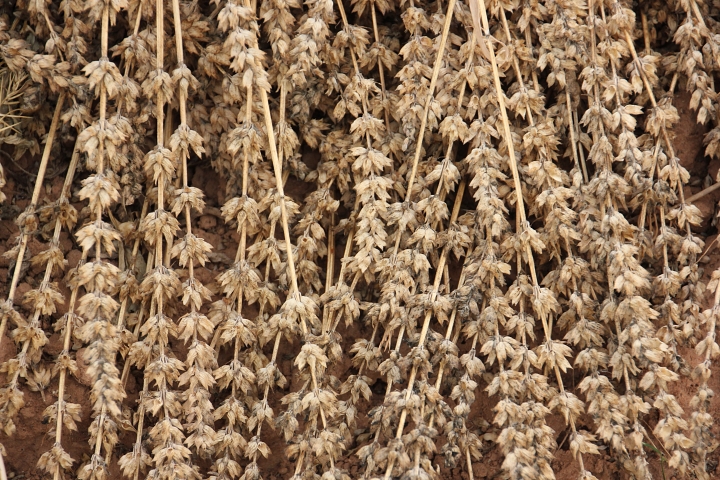
A study of two dozen participants found that eating chia seeds with yogurt increased feelings of satiation and resulted in reduced food intake compared with eating the same amount of chia-free yogurt.
Research is also confirming that consuming food-grade chia seed oil and using skin care products containing chia seed oil may help keep your skin looking youthful.
Studies have also shown that along with its topical application, a diet high in these fats is linked to a healthier skin membrane, protection against ultraviolet (UV) rays, and better skin hydration, which reduces the appearance of fine lines.

There’s definitely something to chia seeds besides its notoriety in the kitsch planter sector. Much of chia’s proven health benefits can be traced back to the fact that these small seeds are amazingly big in nutrients. They’re packed with fiber, protein, omega-3 fatty acids, and various micronutrients.
And, yes, you can eat your Chia Pet – but why would you?
